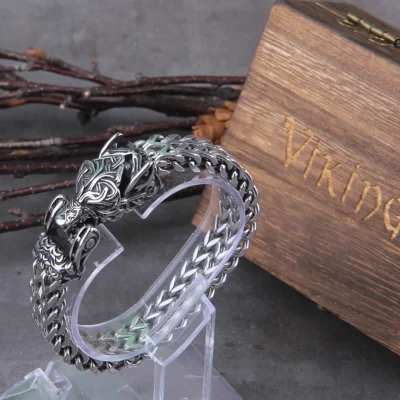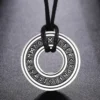Wands of Power: The True Origins of the Magic Wand
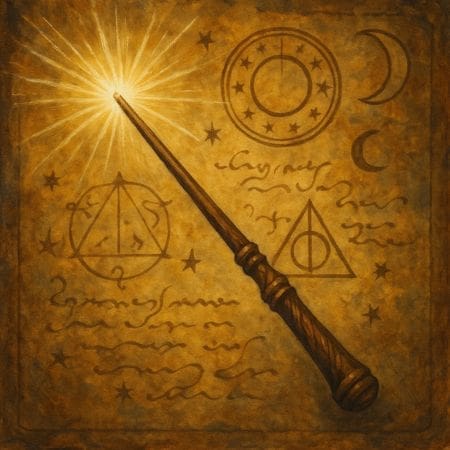
The Ancient Legacy of a Timeless Tool
Few symbols of magic are as instantly recognisable as the wand. Whether waved by a fairy godmother, brandished by a wizard, or conjuring the unimaginable in films and folklore, the magic wand has become a universal icon of supernatural power. But its true origins stretch far beyond fairy tales and fantasy novels. In fact, the story of the wand is steeped in ancient ritual, religious symbolism, and deep cultural significance spanning thousands of years.
In this in-depth article, we explore where the magic wand really comes from, how it evolved through the ages, and what it has come to represent in both magical practice and popular imagination.
At a Glance: Origins of the Magic Wand
- Earliest roots: Ancient Egypt, Greece, and Mesopotamia
- Used by: Priests, sorcerers, gods, witches, fairies, and magicians
- Symbolises: Authority, transformation, divine power, will, and energy
- First written references: Circe in Homer’s Odyssey, Egyptian ritual rods, Roman augurs
- Modern influence: Grimoires, folklore, stage magic, and fantasy fiction
- Materials: Traditionally wood (yew, hazel, oak), but also ivory, bone, or metal
Wands in the World of the Ancients
Egypt: The Sacred Rods of the Afterlife
The story begins in the land of the Pharaohs. In ancient Egypt, ritual magic and religion were intertwined. Priests used carved staffs and wands—often in the shape of serpents or gods—to perform protective rites and summon divine favour. Some of these wands, made of ivory and engraved with magical symbols, have been discovered in tombs dating back to the Middle Kingdom (c. 2000 BCE). These “magic wands” were not toys but serious tools intended to ward off evil spirits in the afterlife.
In many cases, the wand was carved from hippopotamus ivory, a sacred material symbolising strength and rebirth. They were frequently placed beside mummified remains, suggesting a belief that the wand held lasting power beyond death.
Greece and Rome: Divine Command and Transformation
The classical world also revered the wand—but under different guises. The Greek god Hermes wielded the caduceus, a winged staff entwined with serpents, which could put people to sleep, awaken them, or even restore life. It was a symbol of communication, healing, and divine balance, and its power has lingered symbolically in the modern medical profession.
Equally notable is Circe, the enchantress from Homer’s Odyssey. She used a wand to transform men into swine—a chilling image that cemented the wand as a device of metamorphosis and magical control.
In Rome, priests known as augurs used wands or lituus-shaped staffs to interpret omens and divide the sky into quadrants for prophecy. These tools connected magic, politics, and religion in powerful, visible ways.
Wands in Medieval Europe: From Grimoires to Fairy Tales
Ceremonial Magic and Grimoires
By the medieval period, the wand had taken on a clear role in European magical traditions. In the hands of learned magicians or alchemists, the wand became a focused extension of the will. Ceremonial magic, particularly as documented in grimoires such as the Key of Solomon, instructed practitioners to craft a wand from specific woods—often hazel or almond—on auspicious lunar dates.
These instructions weren’t arbitrary. The wand was seen as a conductor of invisible energy, much like a lightning rod conducts electricity. It directed the magician’s spiritual intention toward the heavens—or toward the spirits they sought to command.
In some cases, a wand was used to draw magical circles on the ground, creating protected ritual space. In others, it was used to trace sigils, banish demons, or invoke divine names.
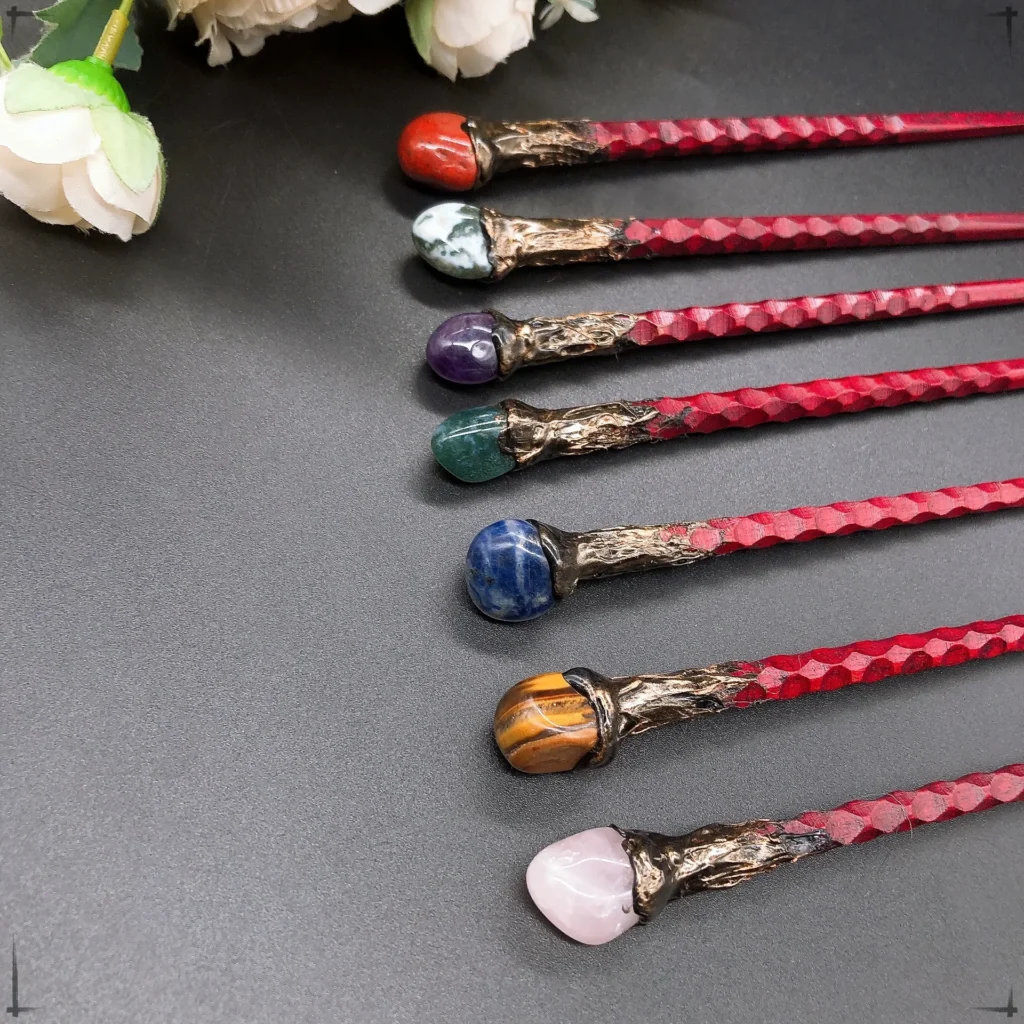
The Witch’s Wand and the Rise of Folklore
As Christianity spread and folk practices were increasingly demonised, the idea of the magic wand began to enter the world of witches. Unlike the scholarly magician, the witch was cast as dangerous and subversive. While actual historical trials rarely mention wands, later folklore and art began to associate witches with sticks, brooms, and wands—any instrument that might link them to the supernatural.
At the same time, fairy tales were emerging across Europe. Collected and refined by the Brothers Grimm, Charles Perrault, and others, these stories helped shape the wand’s identity as a tool of benevolence or punishment. The fairy godmother’s wand—used to grant wishes or bestow blessings—became a symbol of divine feminine power.
In these tales, the wand’s flick could reverse curses, conjure ball gowns, or summon pumpkin carriages. And so, the wand evolved again—no longer a grim tool of ritual but a glittering emblem of enchantment.
Wands and Wood: The Power of Trees
Throughout magical history, the type of wood used in a wand has been crucial. In both ancient and modern traditions, different trees are believed to carry different properties:
- Hazel – Wisdom, protection, divination
- Yew – Death, rebirth, immortality
- Oak – Strength, courage, leadership
- Willow – Moon magic, intuition, healing
- Ash – Power, prophecy, connection to the World Tree
Medieval woodcutters and cunning folk understood this deeply. Trees were living beings, their wood imbued with the essence of the earth. To carve a wand from a sacred tree was to harness the spirit of the forest itself.
This belief persists today in Wiccan and Neo-Pagan communities, where wand-making remains a ritual act—with offerings made to the tree, the branch respectfully chosen, and the wand consecrated through chanting, incense, or moonlight.
Wands in Performance and Pop Culture
Stage Magicians and the Wand of Illusion
In the 18th and 19th centuries, the wand gained a new identity: the stage magician’s baton. Sleight-of-hand performers began using wands in their shows, not to summon spirits, but to direct attention, distract the audience, and create a sense of mystery.
Here, the wand became part of the magician’s costume—a symbol of charm and deception rather than spiritual power. Think “abracadabra” and a rabbit pulled from a top hat.
Harry Potter and the Modern Wand Renaissance
No cultural phenomenon has revived interest in wands more than J.K. Rowling’s Harry Potter series. In this world, the wand is not just a tool but a deeply personal artefact. Each wand is crafted from a specific wood and a magical core—dragon heartstring, phoenix feather, or unicorn hair. It chooses the wizard, and the bond between wand and wielder is as emotional as it is magical.
This concept, though fictional, mirrors ancient traditions: the belief that a wand’s power is shaped by its maker, its material, and its use. Rowling’s wands are echoes of a much older truth—that power flows through objects, but only if the soul behind them is strong.
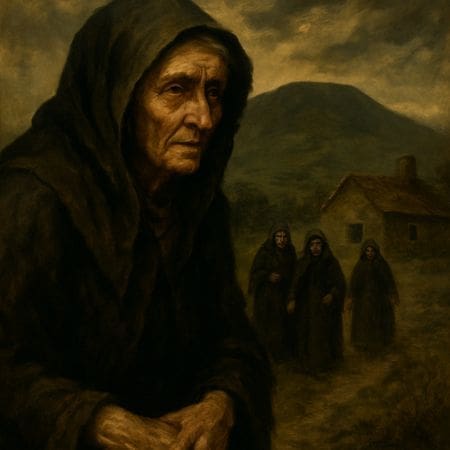
British Lore: Wand Magic in the Isles
In Britain, the wand has long been present in folk magic and cunning craft. Local wise women and healers might use rods or sticks for:
- Dowsing (divining water or minerals)
- Drawing protective signs on hearthstones
- Healing or cursing through gesture or spell
In Welsh mythology, rods of ash or hazel were sometimes used to detect the presence of fairies or spirits. In Cornish tales, a witch’s wand might command weather or summon pixies.
Meanwhile, in the Scottish Highlands, traditional witches were thought to use rods made from rowan or blackthorn—woods considered powerful against evil—to channel second sight or curse cattle.
So, Where Did the Magic Wand Truly Begin?
The magic wand cannot be traced to a single inventor or date. Instead, it emerged slowly, organically, from:
- The ritual staffs of ancient priests
- The rods of power wielded by gods
- The divining tools of wise folk
- The symbolic sceptres of kings
- The fairy-tale instruments of transformation
In every age, the wand has been a symbol of agency. It embodies the power to change, to direct, to manifest.
FAQ: Magic Wands and Their Meanings
Is there a real tradition of using wands in magic?
Yes. Wands have been used in ceremonial magic, folk traditions, and spiritual rituals across many cultures. Their use is both symbolic and functional.
Do different wand materials affect their power?
In traditional belief, yes. Different woods, lengths, and even animal components were thought to channel different energies.
Did witches historically use wands?
Rarely in historical records—but often in folklore and legend. Most historical “witches” accused in trials were never found with wands, but storytellers later gave them such tools.
Why are wands so popular in fantasy fiction?
They offer a simple visual symbol of magic and power. Wands act as narrative tools for transformation, focus, and identity.
Echoes of the Past
The wand, though often overlooked in its simplicity, is one of history’s most enduring magical symbols. It connects us to the rituals of the ancients, the tales of our ancestors, and the modern thirst for wonder. Whether carved in ivory, hazel, or pixelated into a film franchise, the wand reminds us of a universal truth:
The power we seek often lies in the tools we create to express it.
And sometimes, a simple stick can change everything.
Discover Your Own Wand of Power
At Histories & Castles, we celebrate the enchantment of the past. Our Medieval Magic collection includes wand-themed jewellery, spell kits, and accessories inspired by centuries of magical tradition. Whether you’re a believer, a dreamer, or simply curious, find something that connects you to the wonder of old-world magic.
Explore our Medieval Halloween guide
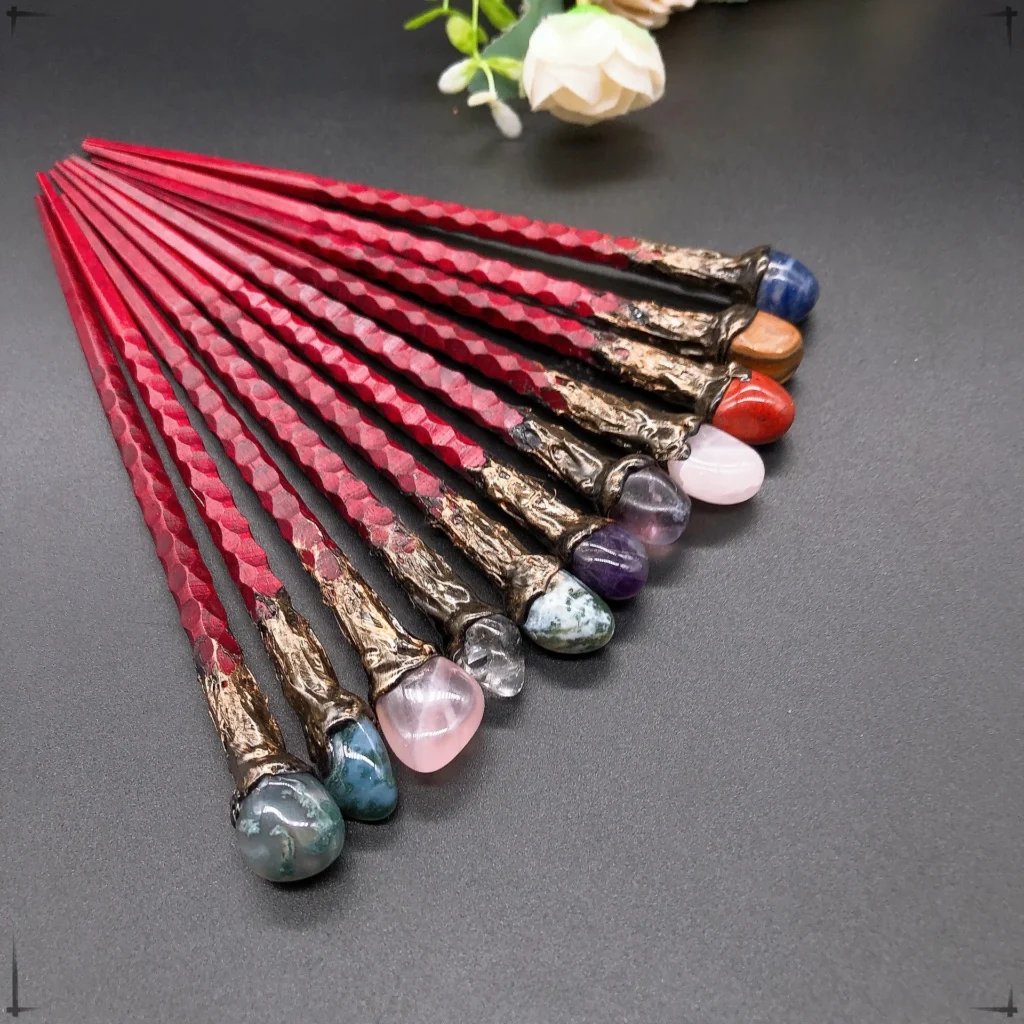
Crystal Stones Magic Wand – Medieval Magic Gift
Embrace medieval magic with the Crystal Stones Magic Wand from Histories and Castles. A perfect gift for history lovers and mystical souls. Add enchantment to your home!

